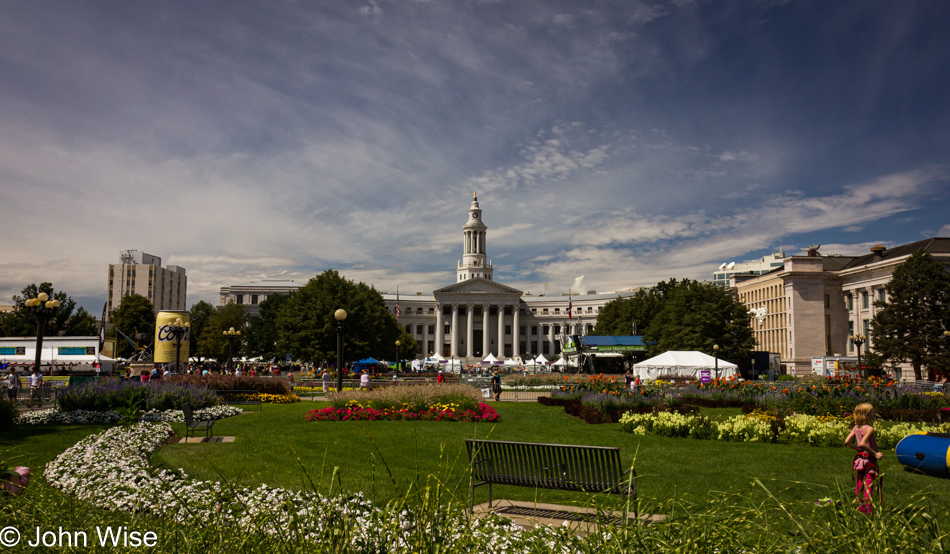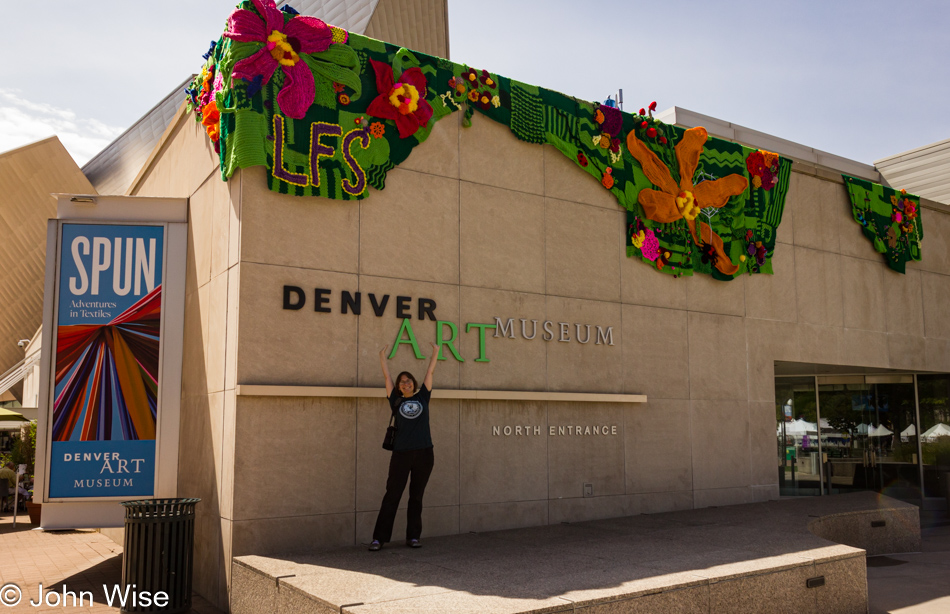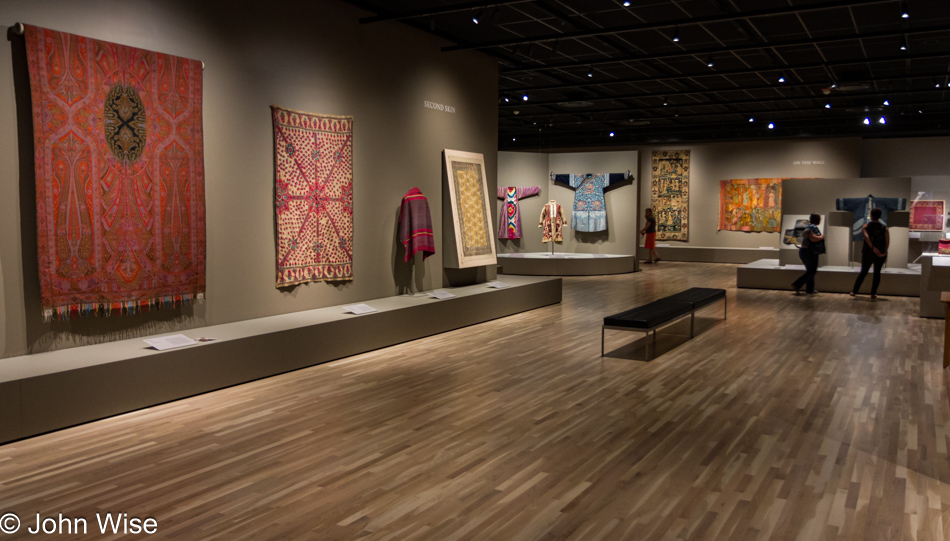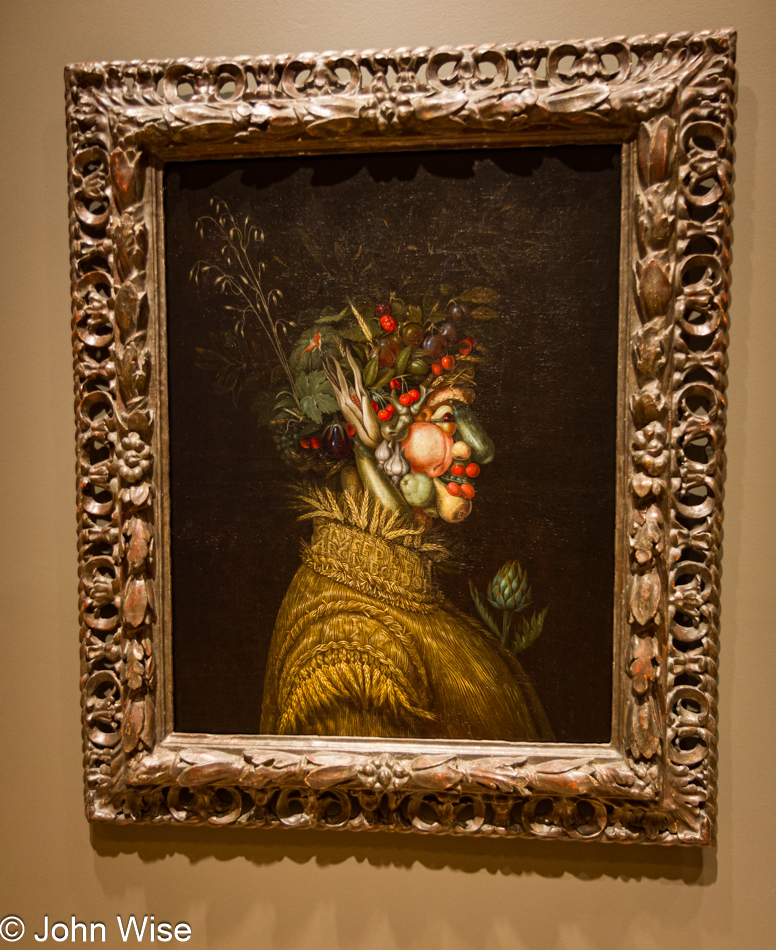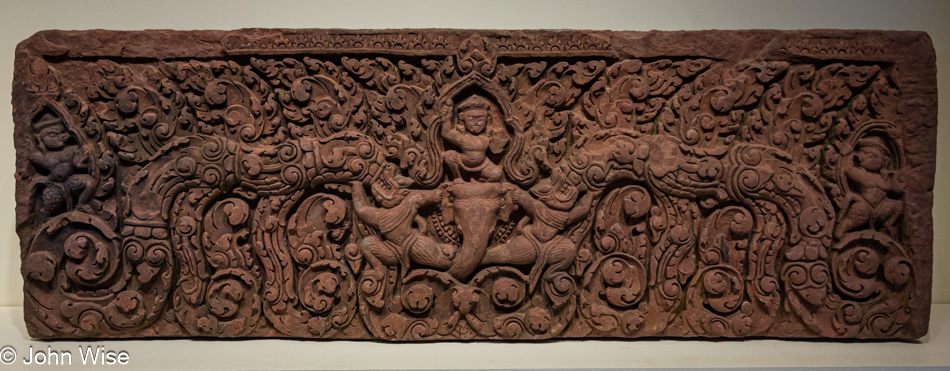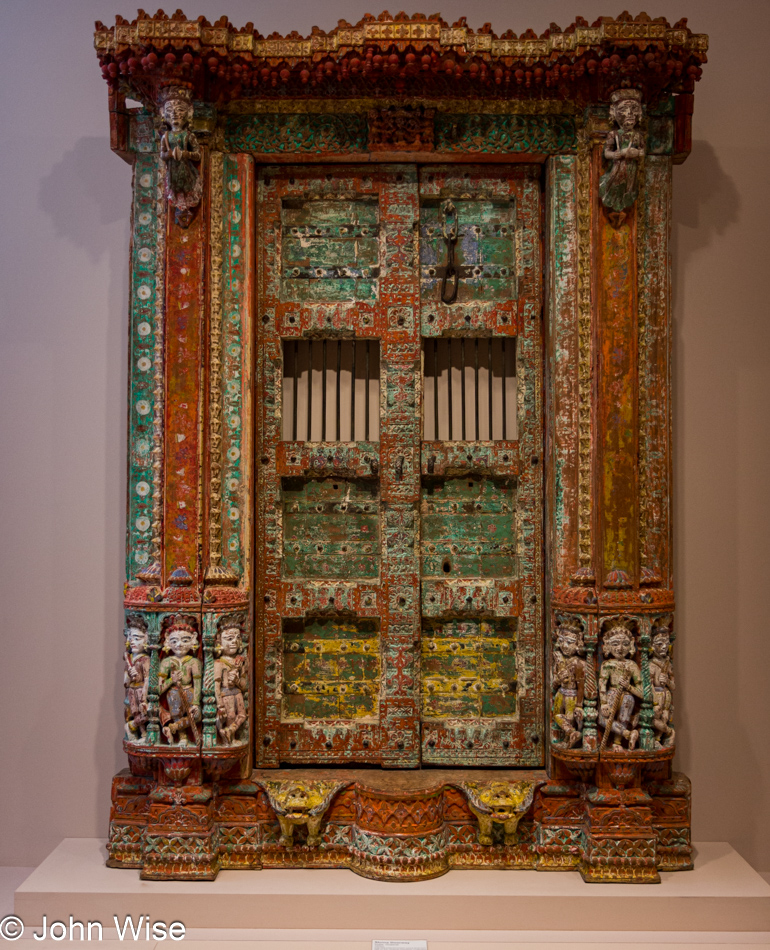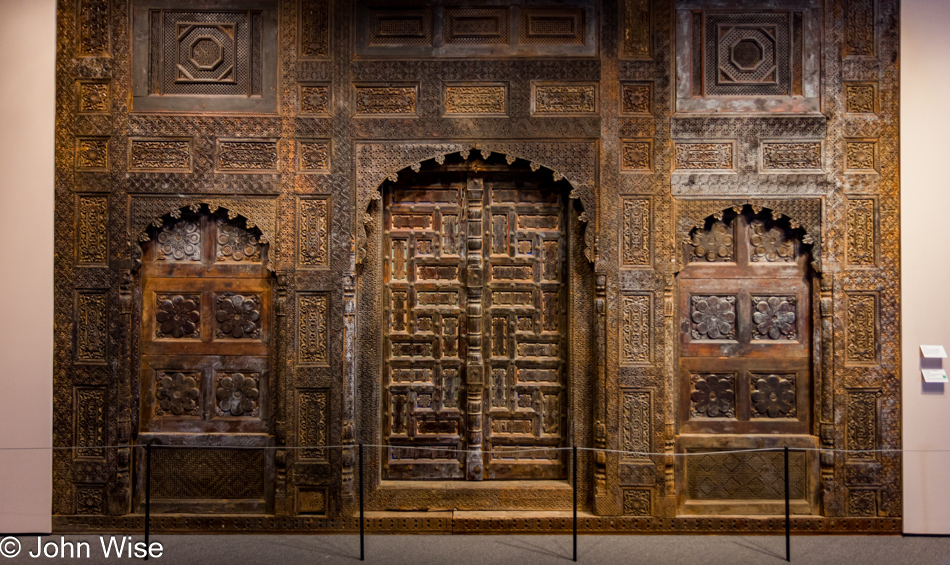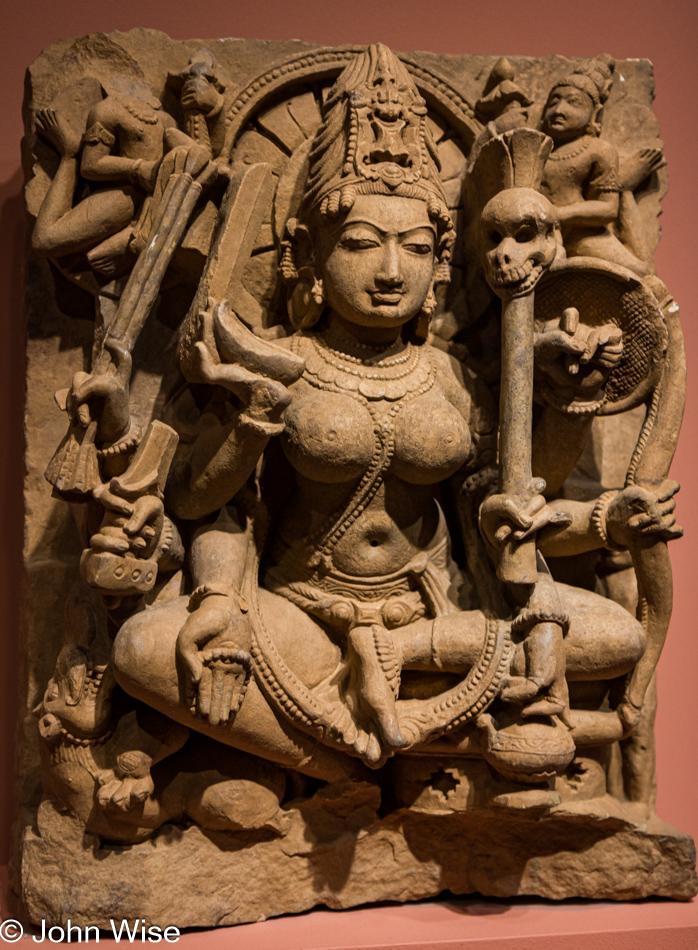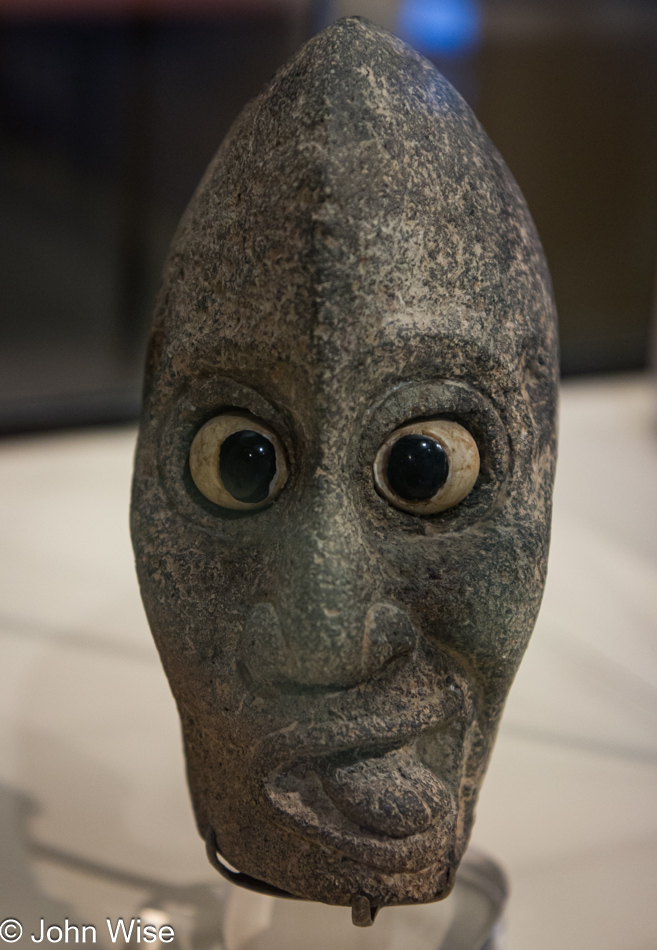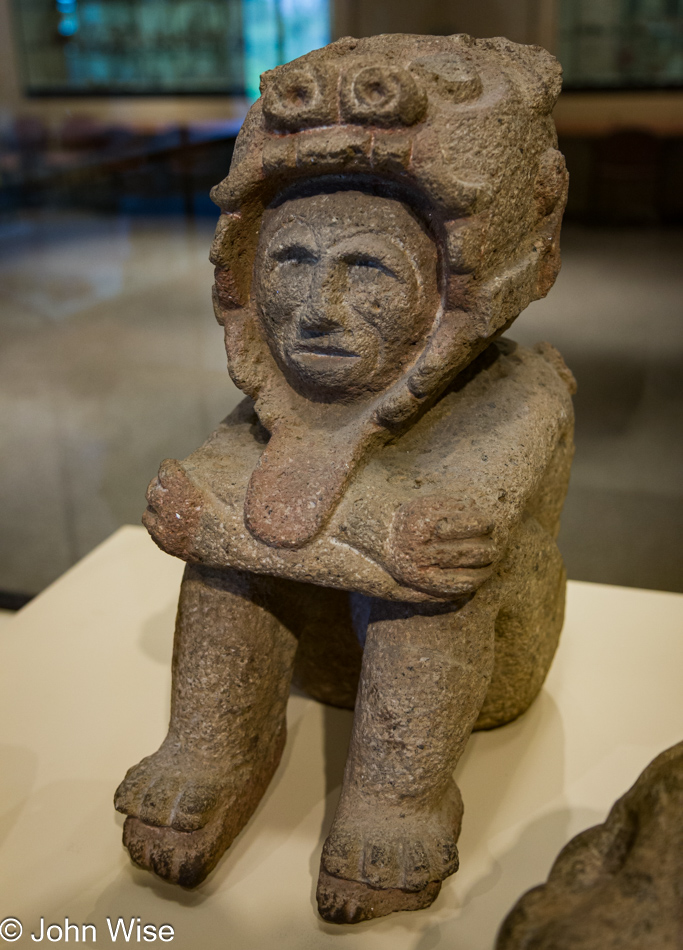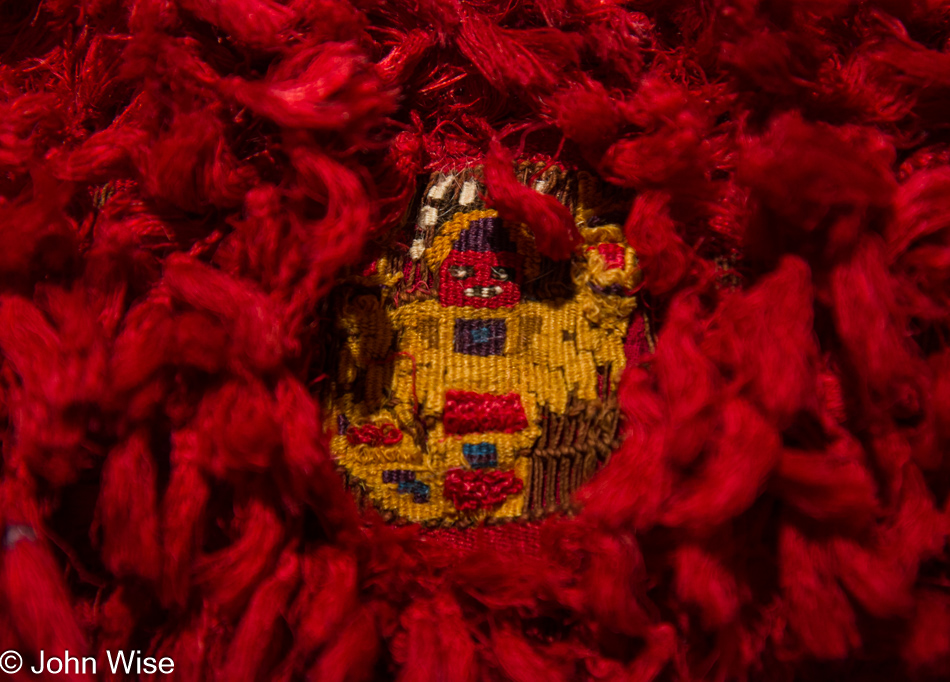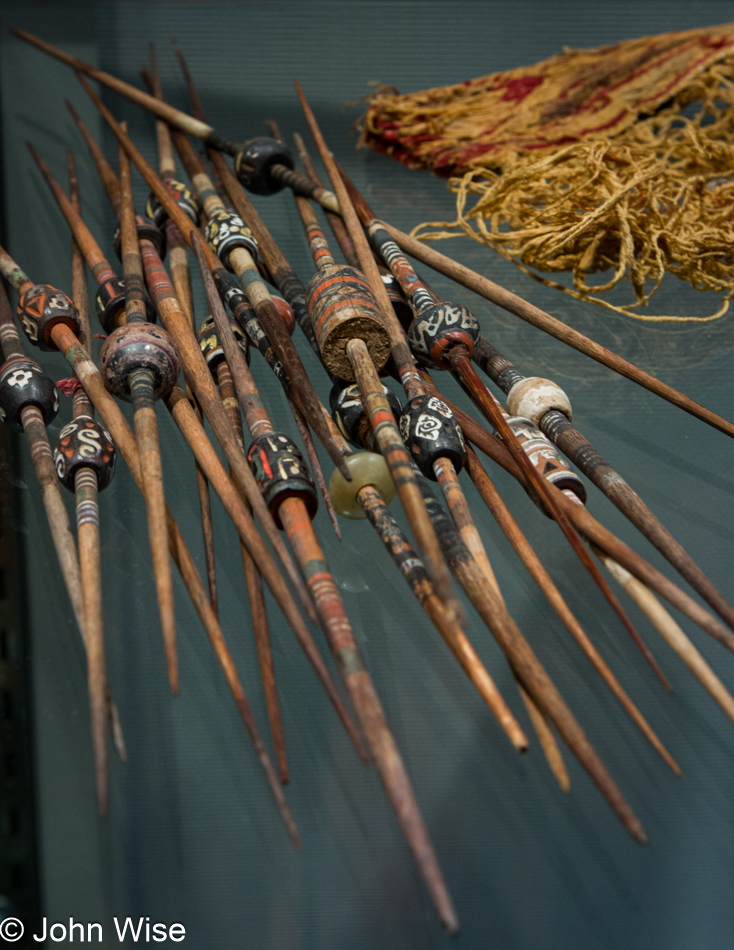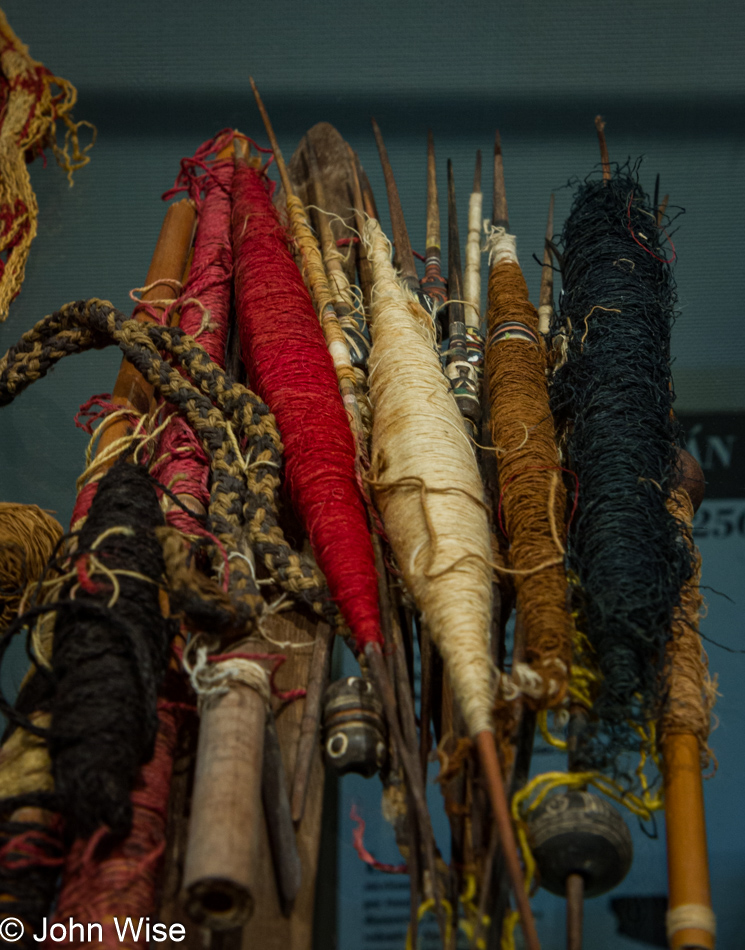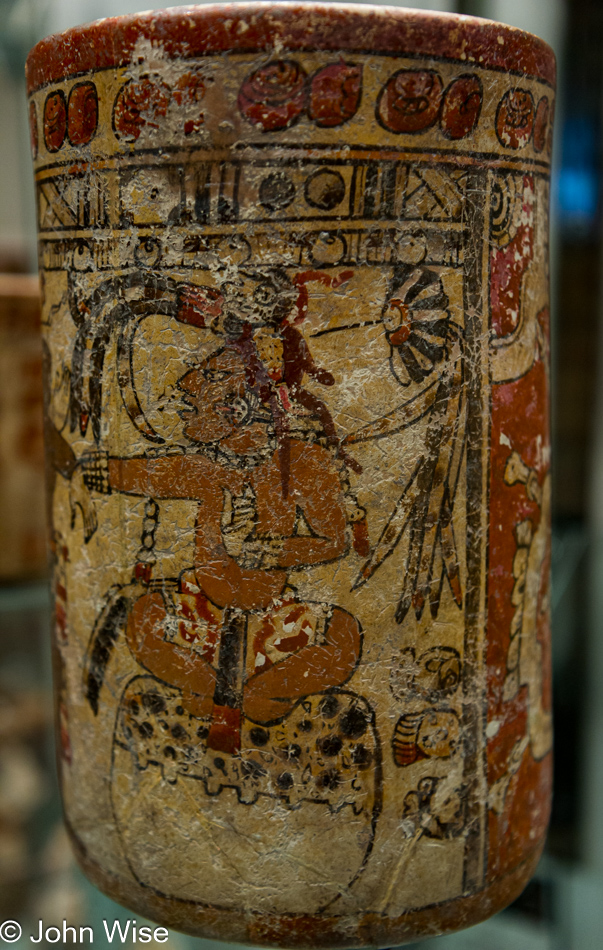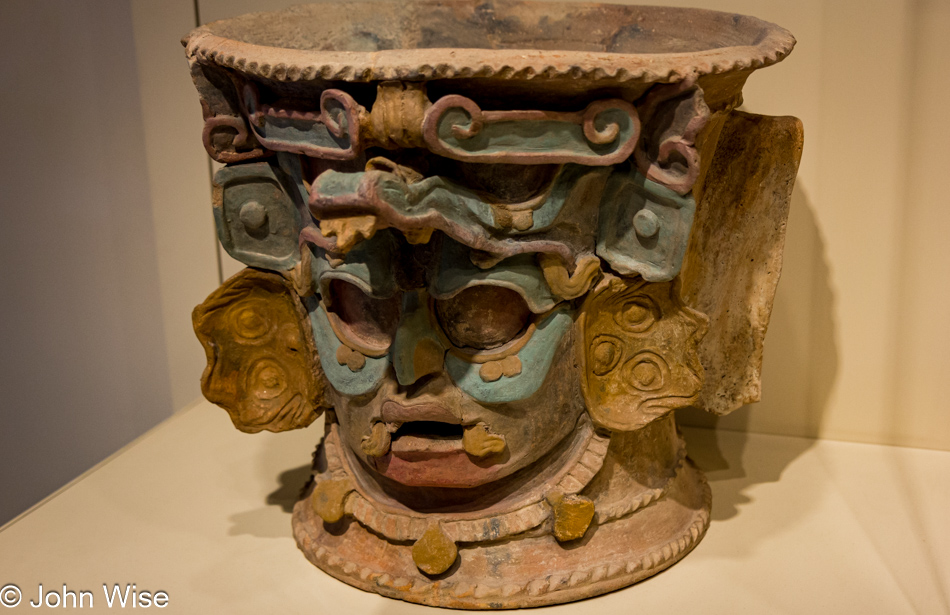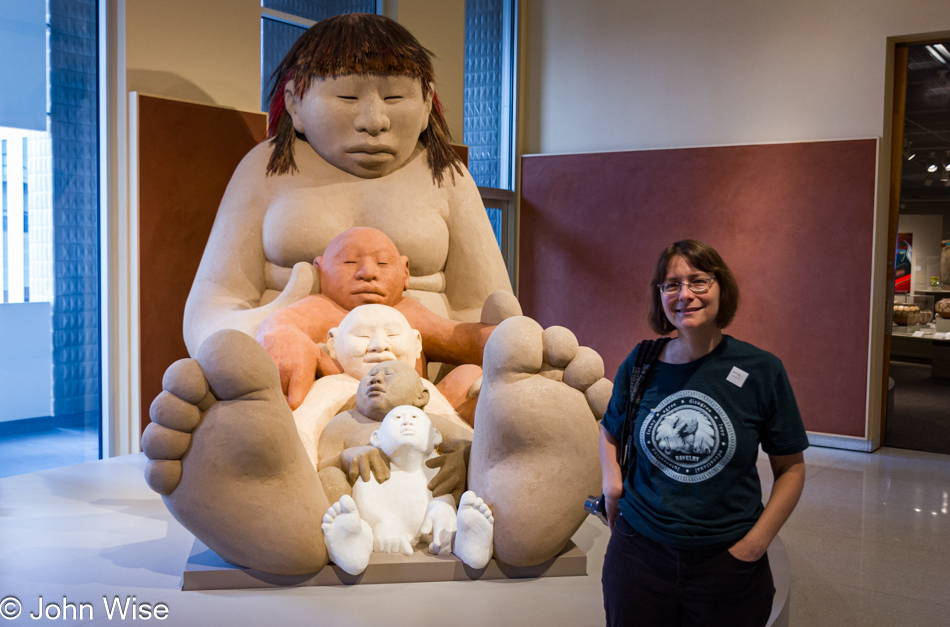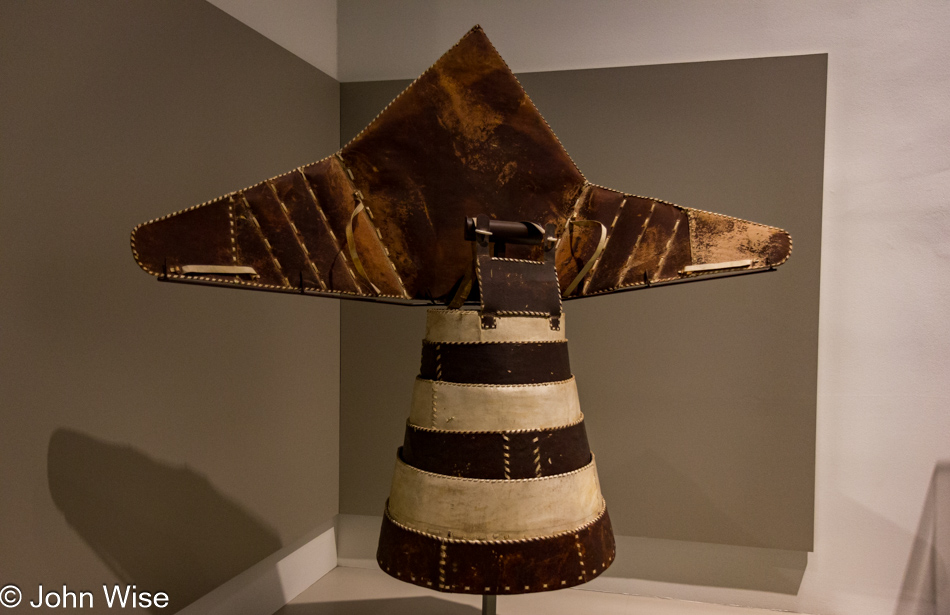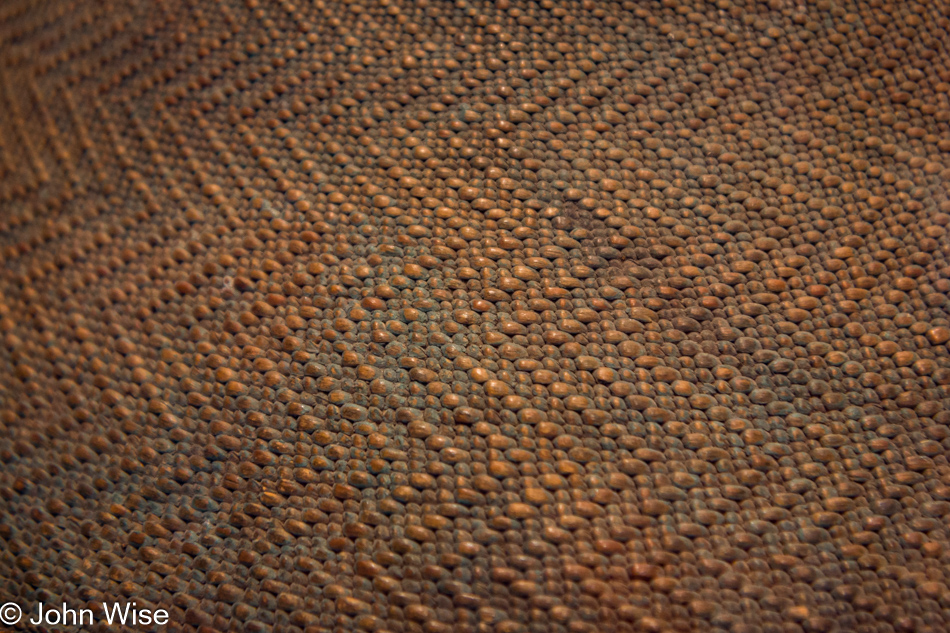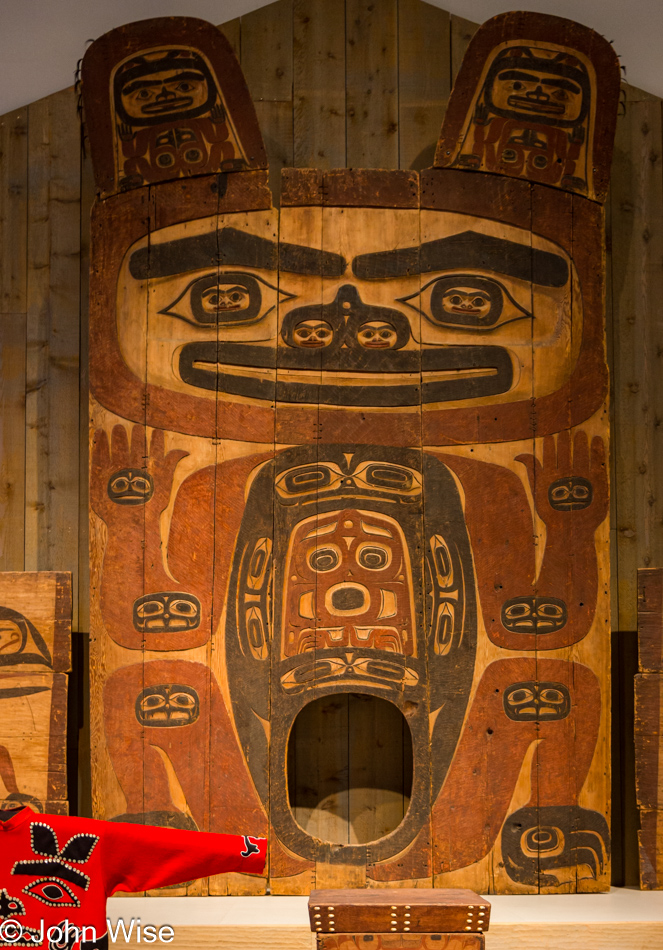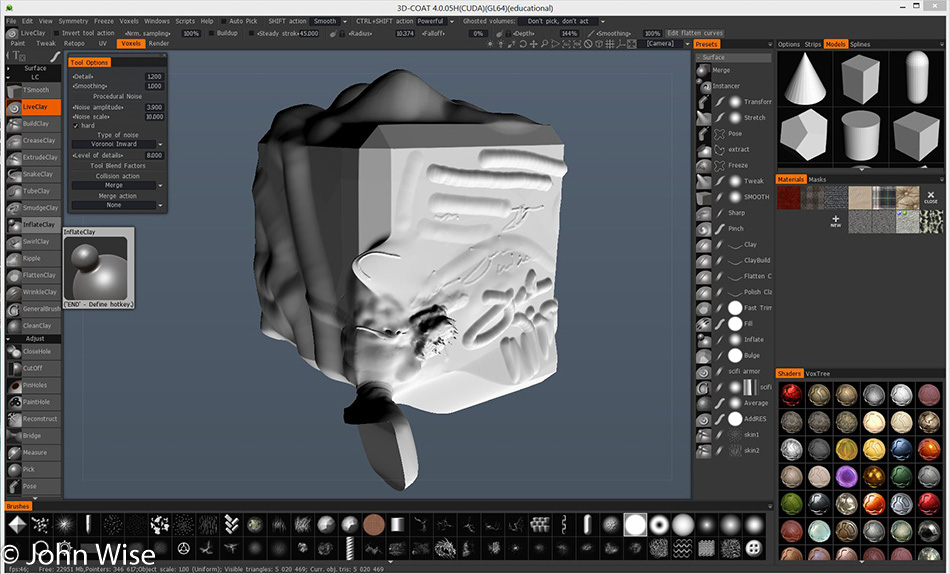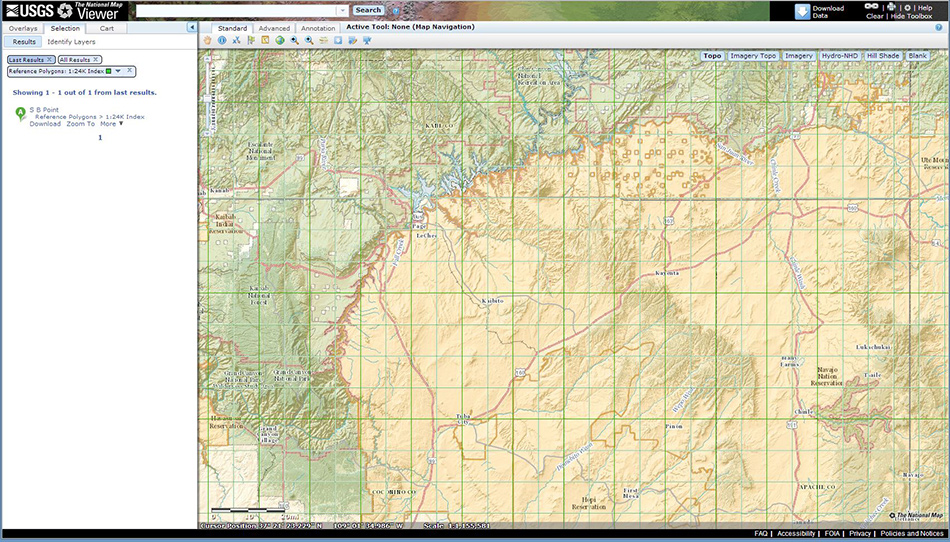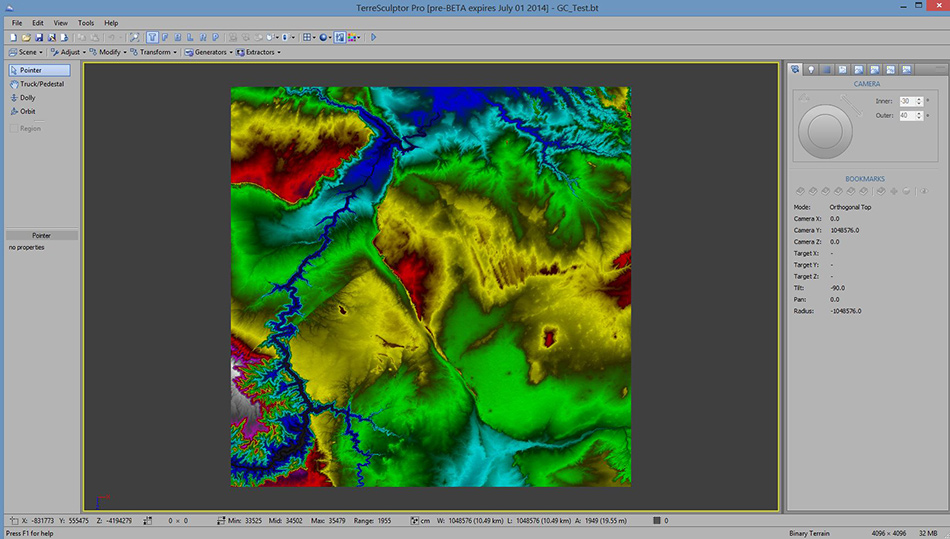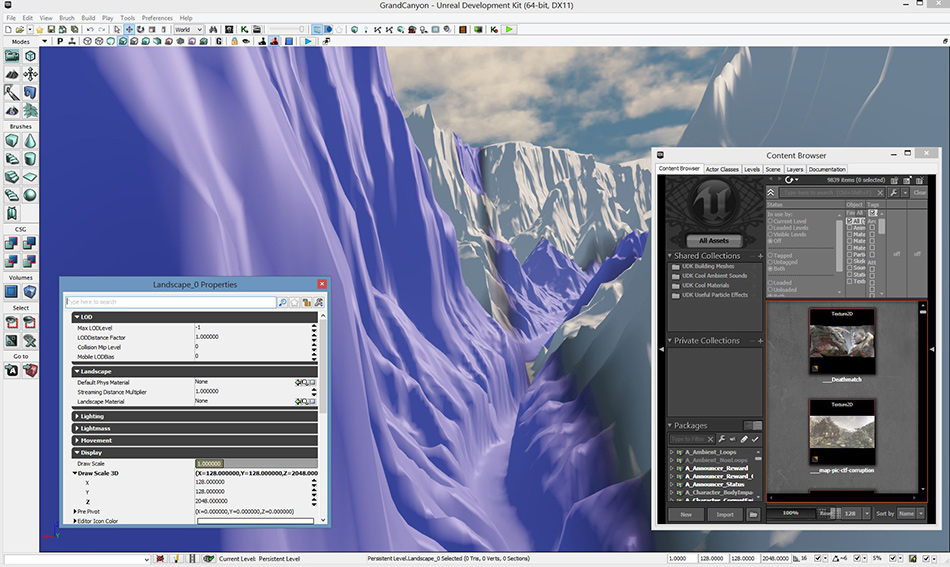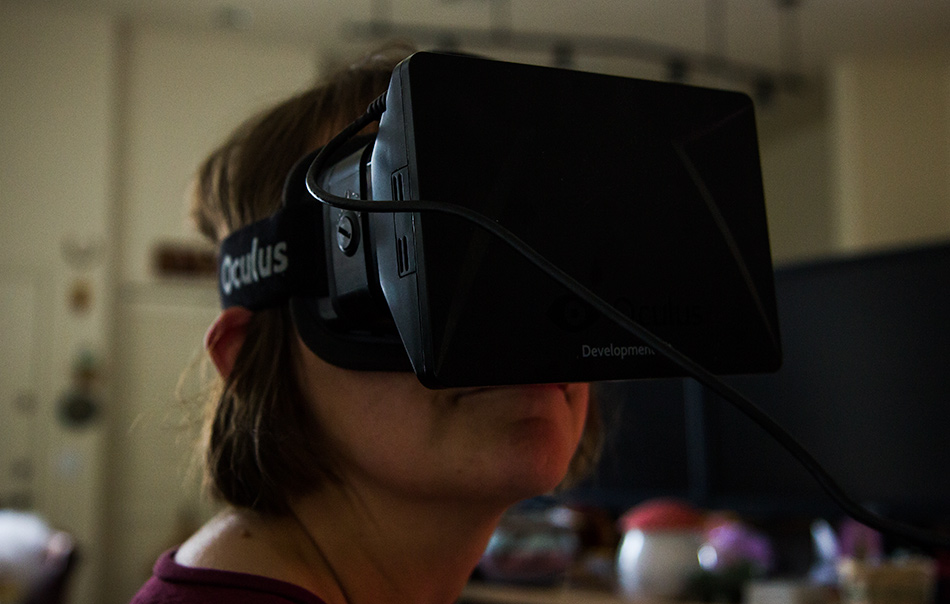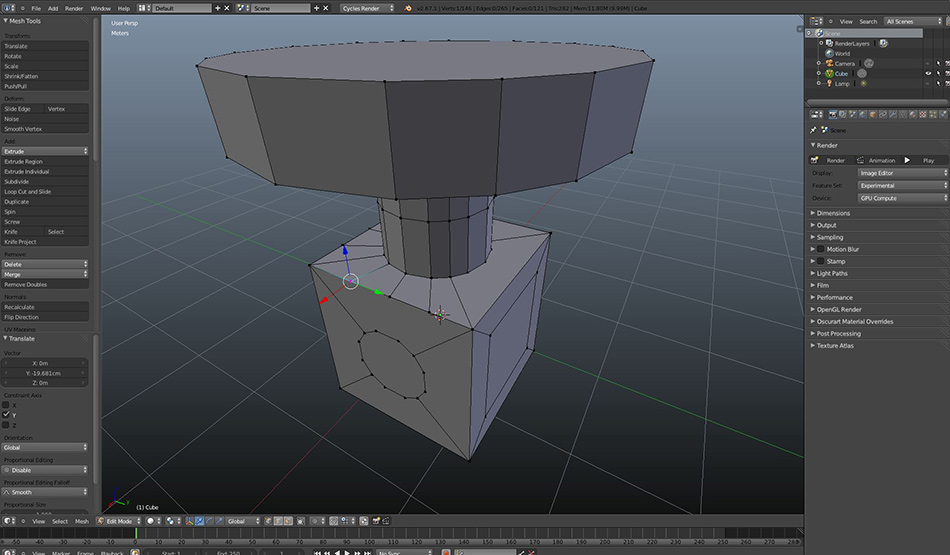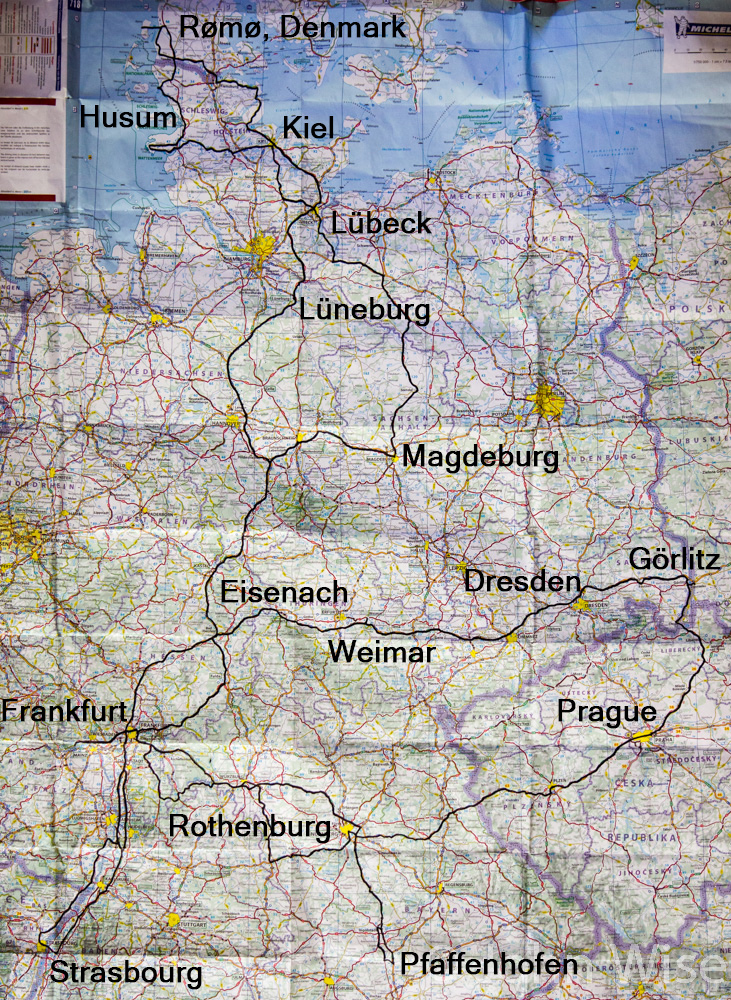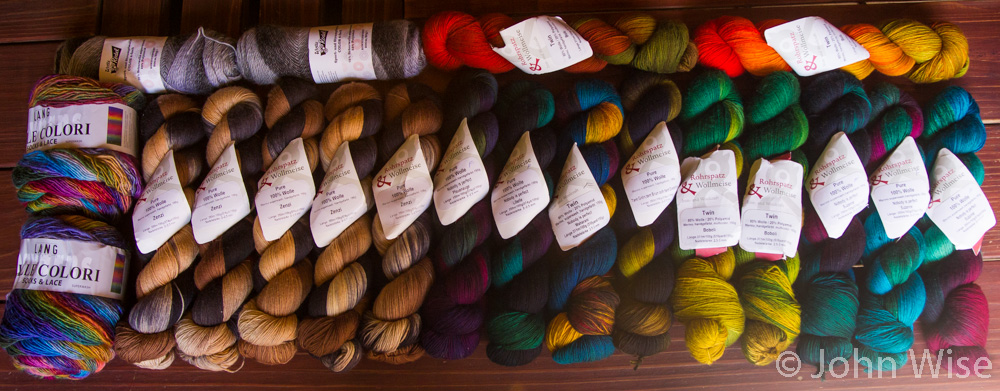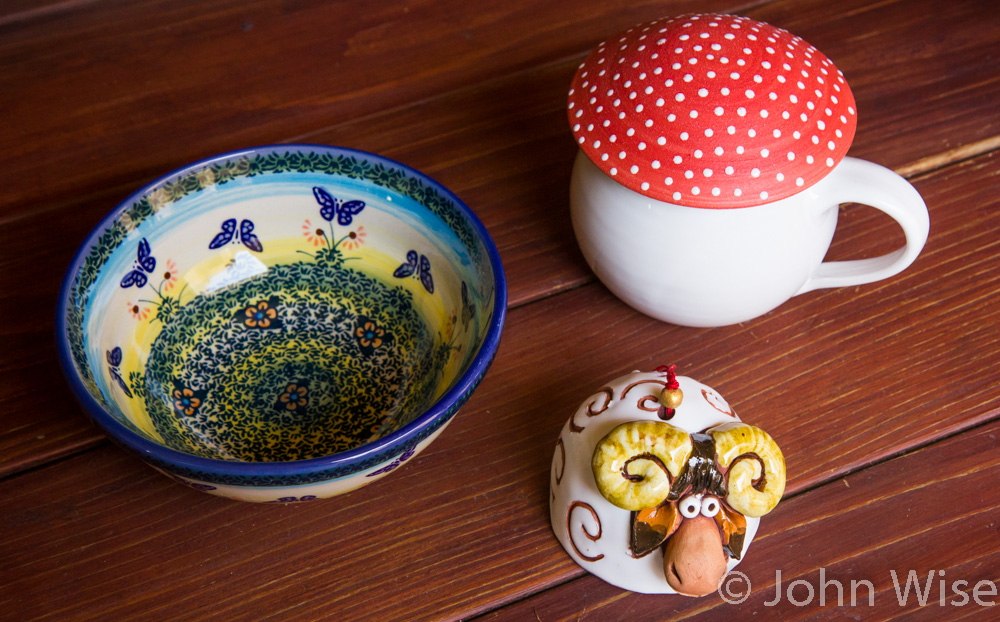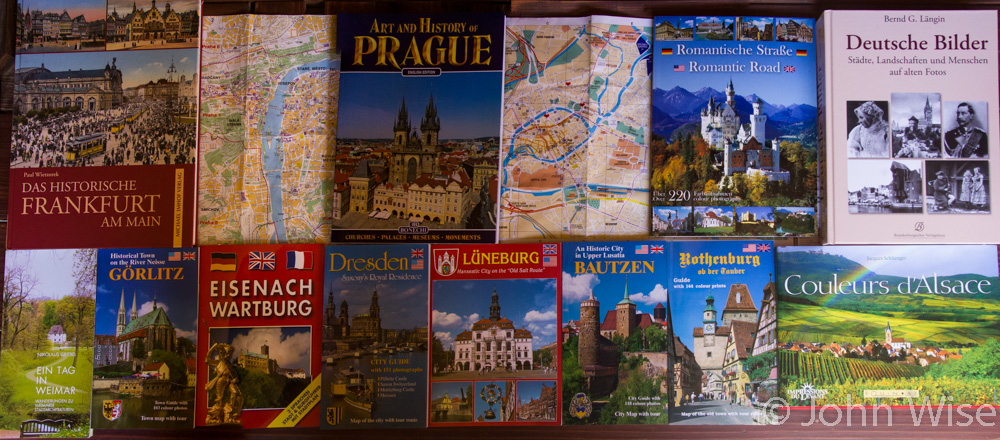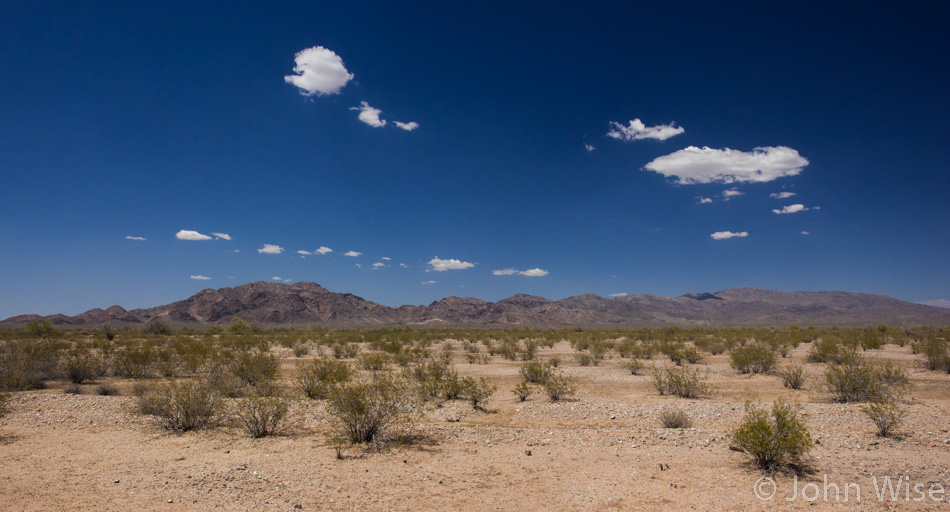
This transition back to the place I live is anything but easy. If only it were as barren as one might perceive this desert-scape I might be able to have seen the beauty right away. Instead, I came back to Phoenix and it’s not just this city I live in, it is the entire country. We have become a land of Dollar stores, payday, and title loan stores, and shops that buy gold. We are discounted, two-for-one, 10 for a dollar, and triple coupons so we can appease our poor. And these poor are everywhere. They are changing the landscape of cities across America with the blight of services that appeal to people who will likely never escape the vortex in which their lives spiral. We have built the über-underclass and are empowering them to live it up in poverty. Meanwhile, our bridges fall down, our roads fall apart, our schools’ non-exceptional performance is excused due to lack of money, bad teachers, little parent involvement, dysfunctional administrators, or any other myriad of reasons. America is in a malaise and we are too close to the problem to see it clearly.
Take a trip to Europe for a contrast of just how dire things are here. I did and I’m having a hard time readjusting. Don’t get me wrong, I am able to play the part most of us assume, things are relatively good and if I don’t venture out of my comfort zone I can see how great it all is. Look out on this desert vista, there is nothing to complain about; it is perfect and serene. Peer out of your window from a gated community and all will be in place – including the poor whose world is looking more and more like one from a ghetto. “But the poor have always lived on the margin,” you say. Yes, though the poor weren’t so prolific as they are today. Look around you, the signs of the encroachment of widespread poverty are creeping into every corner. Just why are there Dollar stores sprouting up nearly everywhere? Do so many people really have such dire needs to pawn away grannie’s gold, or did they steal some other grannie’s gold?
But the financial health of the morass is not my problem unless it’s a symptom of decay that like cancer is heading for stage 4, inoperative impending death. Surely I make a mountain out of a molehill. Then why did Europe look so appealing? Are they spending money they don’t have on an illusion to demonstrate that all is well? If so, it’s working. I hardly went to the wealthiest European capitals, we ventured into Strasbourg, Dresden, Kaiserslautern, Magdeburg, Lübeck, and Görlitz. And each and every time we encountered a vibrant living downtown area without empty retail space. On the contrary, we found tourism alive and flourishing with gift shops, sidewalk cafes, and street musicians. No Dollar stores or panhandlers, okay, that was an exaggeration, there were panhandlers and a couple of discount stores, but not on the level we find in our city of Phoenix or Eureka, California, or Oklahoma City. In Frankfurt, I found one shop that buys gold, not a shop every eighth block.
So here I am, driving out and away from the bleakness I wallow in here in Phoenix, Arizona on the search for that which draws me into the bosom of America; its profound and overwhelming beauty.
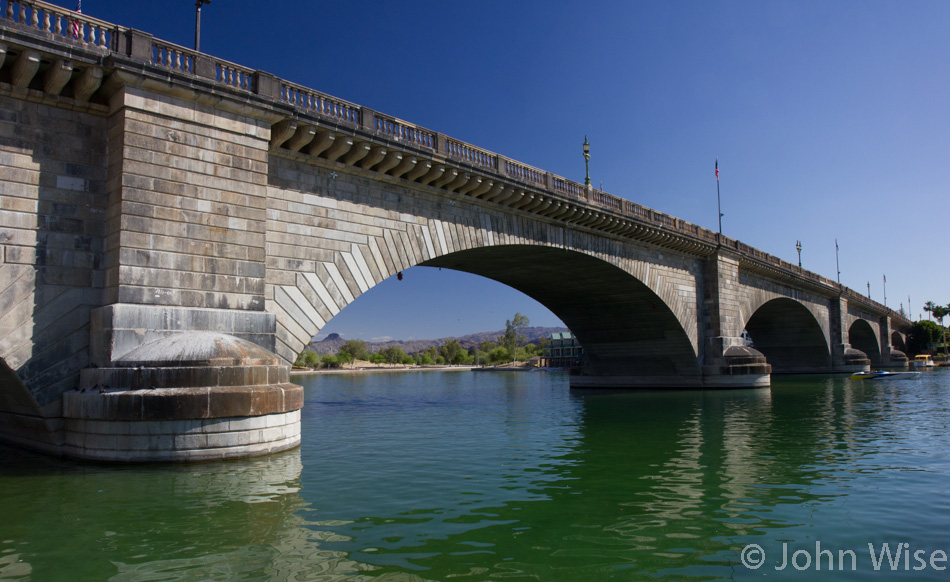
A bridge to nowhere, not the metaphor I’m looking for. Here we are at London Bridge in Lake Havasu City, Arizona. “We” is Jessica Aldridge, my daughter, and me. Lake Havasu is a small desert outpost on the California-Arizona border, where drunken college students congregate on spring break and which a lot of elderly people call home due to the perfect weather. This place represents more of everything I find wrong with my current outlook. Some wealthy patron picks up the London Bridge from the city of London, England, and ships it to America where he resurrects it to cross over the nearly dead Colorado River to a small island that bakes under a relentless sun. At another time this bridge carried throngs of people to and fro on their way to making England a grand place of empire and influence. Today it is a bridge to nowhere, carrying people hungry for the idea of venturing into exotic locales, but whose budget allows them to winter over in the middle of the desert.
I’ve never much enjoyed this drive along the river, even before my encounter with the Colorado River in the Grand Canyon I have felt this strip of earth is a kind of no man’s land. The towns along this corridor eke out their existence upon travelers refilling their gas tanks and stomachs and once in a while, the strange desire of someone who wants to get away from it all by putting themselves in a place of such desolation that it begs at my curiosity how they got to that point in life. Roots here must surely be like the cactus that dot the landscape, shallow and spread out to grab all they can in the off chance a refreshing shower passes by. And then like the cactus, they will have been here and left, no one ever having noticed.
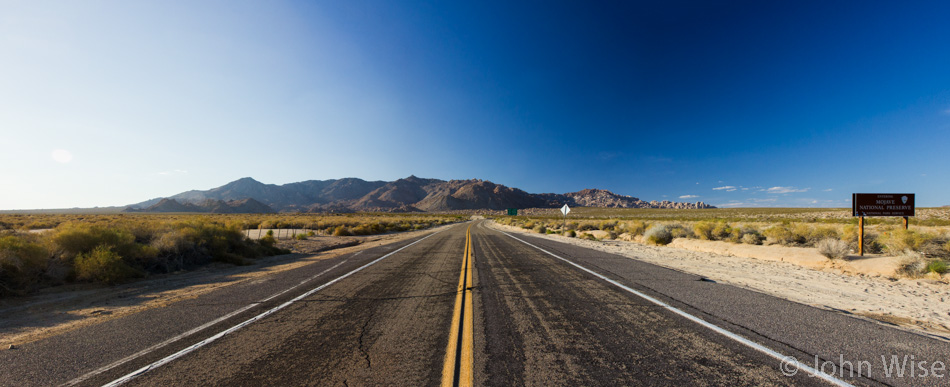
Continuing on a theme we drive northwest as we enter the Mojave Desert. The theme being that we are heading into oblivion. Death Valley to be precise. It is here where the first reminders of what I love about America start to be rekindled. There is space aplenty in the American southwest. Nothing and nearly no one is out here. No services for 57 miles, to a European that is more than 90 kilometers, might as well be infinity. This road is the worse for wear. Back about 15 years ago when Caroline and I first drove it we weren’t sure if we were on asphalt or compacted dirt, if it weren’t for the lack of dust we’d know it was dirt. It must be a low priority to the California transportation authorities to care for this section of highway, no wonder, we are the only two people on it today.
I test driving at 100 mph on the left lane, it’s as bad as the right. At 110 mph under a 100-degree sun, the road still goes on forever into the invisible. A train track parallels part of the road. From time to time a forlorn abandoned bunch of train cars sit roadside awaiting the care of a graffiti artist to show them some love. While we are fresh out of spray paint, my daughter does have a good supply of energy and feels the need to crawl upon those trains to reenact her version of the Titanic.
Back on the road driving at a more pedestrian 70 mph, we glide over the Astro-earth, crispy thin asphalt that simulates driving right over the desert floor. The hum of tires is our soundtrack as is befitting the void of life we slice throughout here in the Mojave. Sure there is life out here, just ask any biologist, but when one careens westward over the surface of the earth, squinting to stop from blinding oneself in the afternoon sun, it is difficult to see much of anything besides the narrow strip of road nearly shut eyes can glean from their meager focus.

And then it happens, glare descends upon the day. No amount of squinty-eyed head twisting avoidance can ignore that the sun has set out to blind me. We are in the clutches of those moments when driving becomes a kind of Russian roulette in which hope carries me into thinking that maybe we are on the right side of the highway. What does it matter, it wasn’t long ago that I was intentionally driving on the opposite side? Well, that was for my entertainment when I was bored and because I could. After all, it’s one thing to be speeding on an American road at over 100 mph, it’s yet another to do so on the wrong side of the road. If I could have hovered simultaneously I would have done that too. But now I could be driving smack dab into another car that is driving under the stealth cover of road glare. Danger makes me more aware.
Things must be getting better, I can see some humor on the horizon. Not quite the golden dawn, but a golden sunset is often enough to wash away the grime of pessimism. How can I not revel in this display of warmth and depth? Right now nothing else exists between me and the sun but an endless landscape of possibility.
